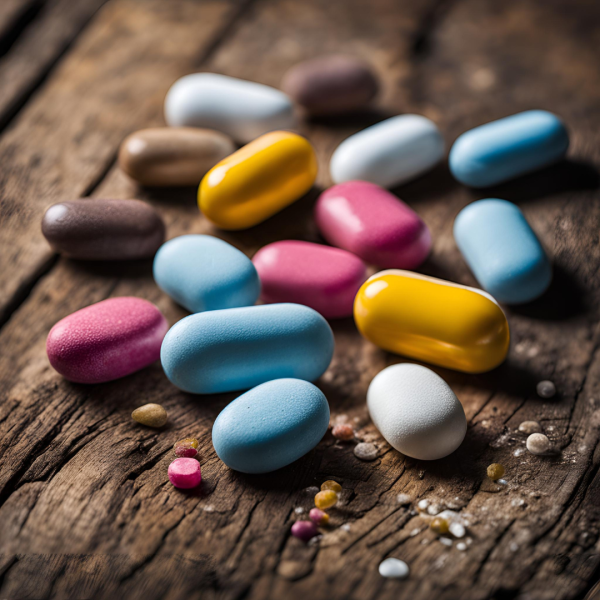ADHD Medications 101: Exploring the Options
2/24/2024 by Dr. Rachel Dillinger, MD PMH-C, integrative and reproductive psychiatrist

After finally gaining the clarity of an ADHD diagnosis, many patients I’ve seen wonder what medications could help them navigate their lives with more ease. Other patients have been on the same medication since 2nd grade and are curious what else might be out there.
Allow me to give you a quick overview of the basic prescription medication treatment of ADHD!
There are two major categories of medication: stimulants and non-stimulants.
Stimulants work to increase two chemicals people with ADHD have at altered levels: dopamine and norepinephrine. Dopamine is a feel good chemical involved in reward, motivation and movement. Norepinephrine is involved with energy, alertness, and is critical in our attention and focus network. Stimulants are the most effective medication treatment for ADHD, and considered both the “gold standard” of care and the first line option.
There are two classes of stimulants that differ by how they increase those levels. Amphetamines include medications like Adderall, Dexedrine, Vyvanse, and Mydayis. Methylphenidates include medications like Ritalin, Concerta, Focalin and Azstarys. About half of people will respond the same to either class, while the other half will have a better response to one or the other.
While most medications come in pill form, some offer other routes into your system, too, like liquids and patches. The length of coverage can vary from 3 to ~14 hours. Some kick in within 15-20 minutes of taking them, while others like Jornay have an ~8 hour delay and are designed to be taken at bedtime. Stimulants can be taken daily or on an as-needed basis, granting more flexibility.
Non-stimulants differ in how they work and what they target. Some like Clonidine and Guanfacine target norepinephrine through the sympathetic nervous system and help with impulsivity, hyperactivity, sleep and inattention. Strattera also targets norepinephrine, but in a different way that is less sedating.
Two antidepressants, Effexor and Wellbutrin, are also often used and can be helpful in people with both ADHD and depression or anxiety. Effexor increases serotonin and norepinephrine while Wellbutrin increases norepinephrine and dopamine. Some other medications, like Modafinil (a wake-promoting agent with mild stimulant-like effects) and Amantadine (an antiviral and Parkinson’s medication that enhances dopamine activity) have also shown promise.
Non-stimulant medications usually offer 12-24 hour coverage for symptoms, and need to be taken on a daily basis. They, too, mostly come in pill form, though liquid and patch formulations are also available.
I like to think of crafting a medication regimen in a “Goldilocks” sort of way. It may take some time to find the “just right” fit, but the difference in functioning and quality of life can be dramatic. With the right level and length of support, implementing lifestyle changes and utilizing tools and systems to address challenges like task monitoring and time blindness is much easier.
